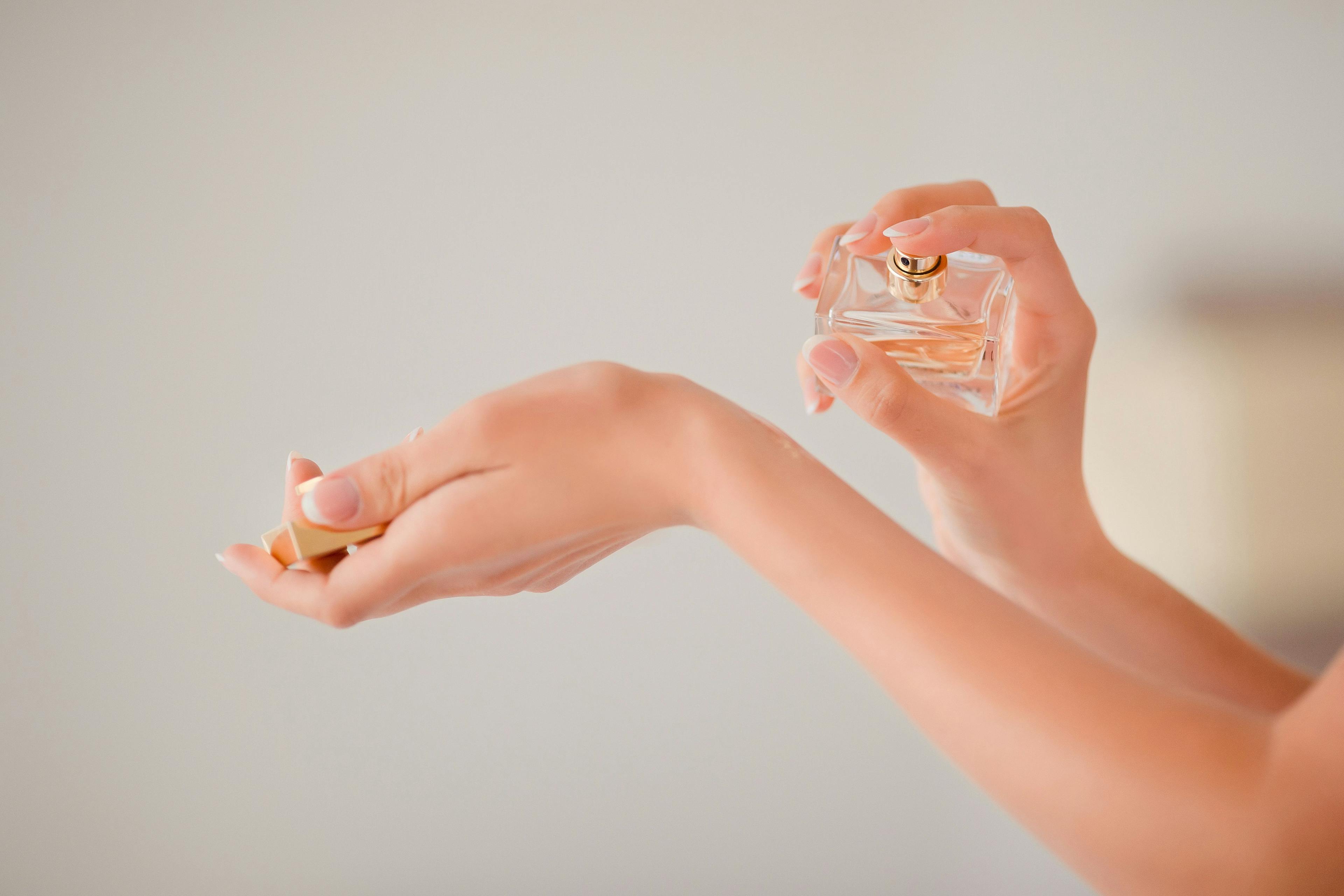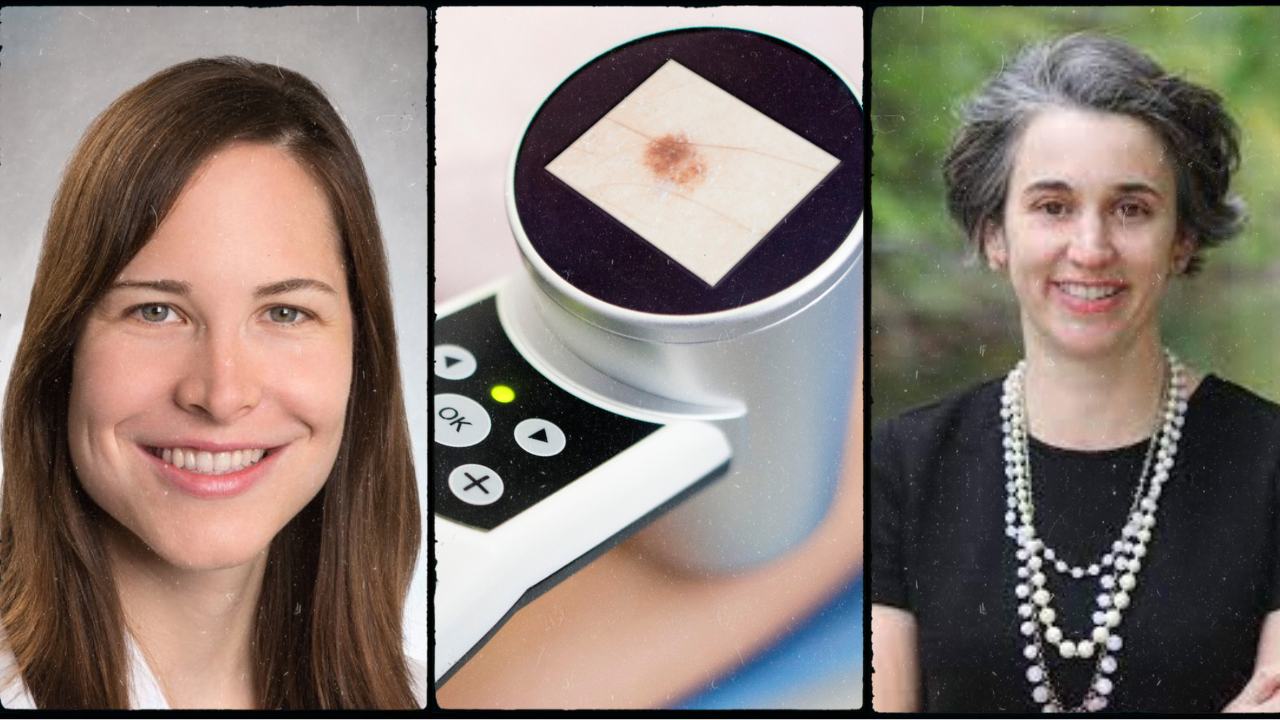- Acne
- Actinic Keratosis
- Aesthetics
- Alopecia
- Atopic Dermatitis
- Buy-and-Bill
- COVID-19
- Case-Based Roundtable
- Chronic Hand Eczema
- Chronic Spontaneous Urticaria
- Drug Watch
- Eczema
- General Dermatology
- Hidradenitis Suppurativa
- Melasma
- NP and PA
- Pediatric Dermatology
- Pigmentary Disorders
- Practice Management
- Precision Medicine and Biologics
- Prurigo Nodularis
- Psoriasis
- Psoriatic Arthritis
- Rare Disease
- Rosacea
- Skin Cancer
- Vitiligo
- Wound Care
News
Article
Dermatology Times
Tips for Approaching Challenging Interactions and Communications With Patients
Author(s):
Jason S. Reichenberg, MD, MBA, FAAD, shares tips for improving interactions and communications at the 2024 AAD Annual Meeting.
From instituting safeguards to taking a moment for yourself, there are ways to improve communications with patients and protect a clinician’s boundaries, explained Jason S. Reichenberg, MD, MBA, FAAD, at the 2024 American Academy of Dermatology Annual Meeting in San Diego, California. Reichenberg, professor in the Department of Internal Medicine at Dell Medical School at the University of Texas at Austin and president of the Ascension Medical Group, a multispecialty group of more than 700 providers across Central Texas, leveraged his experience to share tips for dealing with difficult situations, including when patients seem challenging.
Jason S. Reichenberg, MD, MBA, FAAD

Waving the red flag. Because prevention and identification are most important, Reichenberg told attendees to be aware of potential “red flag” situations that may indicate potential problems. For example, it is crucial that patients have realistic expectations for the clinician and the treatments available. Sometimes educational backgrounds or cultural norms may pre-influence the patient and their expectations. This may include those who believe doctors always have the answers; thus, you the clinician should be able to “fix” them quickly and effectively.
Patients who quote legal jargon, tease negative or positive reviews, or relate that their previous clinician was “horrible” may also harbor unrealistic expectations.
Reichenberg is also cautious when patients share too many compliments too quickly, as it may be indicative of a comorbid personality disorder. Patients with personality disorder can be difficult due to unrealistic expectations, and strategies will be needed to help ensure positive outcomes.
Red flags should alert the clinician that there is a chance for disappointment and frustration, which complicate the patient-doctor relationship.
Send in the robots. When expectation issues or patients who like to challenge present themselves, Reichenberg said the best course of action is to adhere to standard operating procedures. He explained this also means no special treatment and no promises for things you don’t know—or that anybody can know.
“My advice when you get those red flags is to shift into what I’m calling the robot mode,” Reichenberg told attendees. You don’t do anything special, you don’t stray from your protocol.” For example, he explained that if the patient arrives 30 minutes late and the office protocol is to reschedule the appointment, then by following the protocol, clinicians (and office staff) avoid getting drawn into any drama.
Similarly, he cautioned attendees about quoting definitive statistics or data unless, they are completely confident in the numbers they quote. If a patient asks about the chance they will improve with a certain treatment, Reichenberg told attendees it is ok to say you are not sure or “together we will do our best” to achieve improvement. “I don’t want to be caught in a conversation in a month where I promised them that they would be clearer in a month—or something that is very black and white,” he said.
Set expectations at the onset. Reichenberg sets expectations immediately with things like how much time he has for each patient. As he introduces himself, he tells patients how much time has for that appointment. “I’m going to do everything I can for you in this time,” he tells patients.
“Whatever we don’t finish today we will have to address in a follow-up appointment.”
Managing that time can be tricky, and his goal is to have the patient feel heard. To empower patients while protecting your boundaries—and ensuring you are getting the best information possible to support the patient—he often asks, “Is it ok if I interrupt you if I have a clarifying question?”
Bond over a common third party enemy. When there are difficulties, sometimes it is easier to rally with your patient over a common third party “enemy,” Reichenberg said. This may be the insurance company (“I agree! If only the insurance company would allow it!”) or the broken health care system (“So frustrating! No idea why they do it this way!”).
Similarly, office policy can be blamed. “My practice has strict rules about that… I am just as frustrated as you are.”
In this way, he explained, the clinician can maintain an alliance with the patient and share in the frustration instead of being on the receiving end of the patient’s frustration. It allows the clinician to play on the same side of the patient.
Delay response time. “Delay, delay, delay,” Reichenberg advised, pointing to the importance of self-regulating. “Delay the time being between you being triggered by a patient and your response,” he suggested. This may mean looking at fake text and excusing yourself, or take a moment before entering the room.
He reminded attendees that the advice applies to all patient encounters, including patient’s messages on the portal. “The biggest mistakes I see from physicians is when physicians get really angry and they write a really angry portal message or email and just send it,” Reichenberg said.
The delay has a positive effect for both the clinician and the patient, allowing an opportunity to calm for both to calm down.
Maybe it’s just a bad day. Bad days happen, and it can impact how you and/or the patient engage in conversation. Reichenberg told attendees about a speed trap not far from his office. The patient arrives having just received a ticket, and that frustration bleeds into the appointment. Or, maybe you are aggravated because you noticed the patient mistreated a staff member. Sometimes you need to give yourself or the patient the courtesy of having a bad day.
If it’s you who feels frustrated, try to find a calm moment, he said. Leverage the mind-body connection for patients when you can.
Phone a friend. Reichenberg told attendees it is important not to worry alone. He suggested reaching out to colleagues for support and advice. Similarly, the patient’s other providers may prove to be a resource, especially if there are comorbidities.
Choosing to say goodbye. Reichenberg told attendees it is important to recognize when the conflict is impossible, and you must resign as the patient’s clinician, he said. There are graceful and respectful methods to parting ways. He uses language like, “I don’t think I have the expertise to help you with your problem,” or “our office does not have the infrastructure to handle your issue.”
Having said that Reichenberg advised clinicians that they should be aware of their local laws that govern patient abandonment. Generally, the patient should be stable and not in an acute need of care, he shared, which can result in some uncomfortable care scenarios. He shared the story of a patient with melanoma; before he was able to part ways, he performed surgery to address the melanoma. He noted it was awkward, and he didn’t say much during the procedure.
When it is appropriate, based on Texas law, Reichenberg said he provides a statement of intent to terminate the relationship and an effective date, usually about 30 days from the intent letter. Clinicians may also be required to provide referral resources. “I usually just say, ‘Here’s the number for my medical society; I’m sure they can refer you to another dermatologist.” To ensure a smooth transition, he sends the patient’s records with charging and, although it’s not required, he notes the consequences of not pursuing additional care, especially when he thinks the patient is not doing their part.
Visit Dermatology Times for additional clinical and practice pearls from the 2024 AAD Annual Meeting. Do you have insights to share? Email us at DTEditor@mmhgroup.com.

Newsletter
Like what you’re reading? Subscribe to Dermatology Times for weekly updates on therapies, innovations, and real-world practice tips.






























